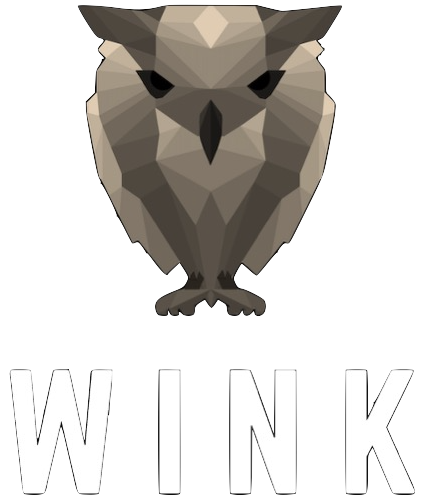#111 - Once Upon A Time, There Was A Little Bug That Changed Babies' Sleep ...
MARCH 2020
Remember being glued to the daily news reports?
That the streets were virtually void of cars? Like a scene from The Walking Dead or Fear The Walking Dead.
Asking yourself “Should I go with Skype or Zoom"?”
Seeing your travel plans cancelled; cruise ships being disassembled?
The price of petrol plummeting; the crazy suggestion of oil companies paying to store their supplies?
The beginning of a closer relationship with your pet(s)?
But just the uncertainty of it all …
APRIL 2020
Dr Michal Kahn: “Hey MG. Can I have a minute to run an idea past you …”
Prof MG: “Sure Meeks!”
Dr Michal Kahn: “A thought occurred to me that the Nanit cameras have been running this whole time. We could actually see how the pandemic has affected their sleep. What do you think?”
Usually in these circumstances I’d quote the Mr Big character from the ‘Sex and the City’ series - but my wife tells me that the actor playing him is not in the good books (and may not ever be in the good books).
So instead, I’d like to paraphrase one of the greatest philosophers of our time - Ozzy Man …
“F#ck yes, Meeks. F#ck YES!”
HOW ABOUT WE SKIP THE ‘WHAT WE DID’ PART - AND GO TO ‘WHAT WE FOUND’?
We’ve been researching the sleep of teenagers for 15 years (and learned so much that we’ve compiled it into a course).
But one thing a lot of people know is that teenagers like to sleep-in.
What the world didn’t know was that babies followed teens by beginning to sleep-in after COVID-19 began infecting the world.
The graphs at the top show when babies would wake-up and get out of bed (with their assistance of their parents, obviously …)
The blue line represents infants in 2019, and the red line represents infants in 2020. Generally the lines follow each other - but what we want to draw your attention to is the white space between the two lines because this white space represents that these two years (2019 vs 2020) are different.
As you may have spotted, there is more white space from mid-March 2020.
Keep in mind that these were infants in the USA, and it was towards the end of March 2020 that States and Cities in the US began instructing people to stay-at-home.
OK, THEY GOT UP LATER - BUT WHAT ABOUT THEIR SLEEP?
As you can see from the graph above, there’s not really any white space between the blue 2019 and red 2020 lines - until they begin to separate in mid-March 2020. Hereafter, they follow different paths - almost as if someone went back in time and stomped on an insect that created two universes (you’ll get this joke if you’re a Simpson’s Halloween fan).
If you wish to read this 2021 study by Kahn & Gradisar in the Journal of Child Psychology and Psychiatry, you can head over to the Downloads section of our website.
Over there in the Downloads-verse, you’ll also see our study where we looked at two different groups of families during 2020. Those families who changed their circumstances and began working from home - vs - families who were essential workers who needed to ‘Carry On’ (Kahn, Barnett, Glazer & Gradisar, Sleep Health, 2021).
You’ll also see there another study we did prior to COVID, where we looked at the technology use of babies (Kahn, Barnett, Glazer & Gradisar, Sleep, 2021). That concept may seem odd at first - but keep in mind that when Steve Jobs invented portable touchscreens, he did so knowing that even babies could manipulate screens with their fingers.
CONCLUSIONS?
A subtheme of WINK is to hopefully pass onto you our scientific knowledge - bit by bit.
And for this blog, we taught them a little yet important skill.
A way to understand whether study finds something that is worthy in the big wide world.
If you missed out on this occasion - we are sorry - truly. We hope you’ll jump onboard to our free weekly newsletter so you can get that extra important info. So you can build up your knowledge about one of the things in this world that seems to be connected to virtually everything …
Sleep.
Prof MG





